For a runner, there’s nothing better than lacing up your shoes, heading out the door, and pressing play on your favorite song as you begin a morning jog. Running is one of the best workouts there are: it’s good for your heart, your waistline, and even your mood. But one thing running isn’t so great for is your joints. If you increase your running mileage too quickly, are wearing the wrong shoes, or don’t properly strengthen the muscles surrounding your knees, you may find yourself with a not-so-fun condition called runner’s knee.
What Is Runner’s Knee?
Runner’s knee is also called patellofemoral pain syndrome. According to WebMD, runner’s knee can be caused by repeated stress on the knee, injury, or the wearing down of cartilage under the kneecap. It can result in sharp and sudden pain or dull and long-lasting pain from running or other athletic activities. (So no, you don’t technically have to be a runner to get runner’s knee.) Weak, unconditioned quadriceps and other muscles that surround the knees can also contribute to runner’s knee.
What Are The Symptoms Of Runner’s Knee
Symptoms of runner’s knee include pain at or around the kneecap that is mild at first and only occurs when running, but if left untreated becomes more chronic and painful. So, how do you treat runner’s knee?
- Decrease your running mileage for a while and try other cardiovascular exercises, like bicycling or walking, that are easier on the joints.
- Avoid downhill running, as this causes the most stress to the knee.
- Run on softer surfaces, like grass, instead of hard pavement.
Related: 5 Non-Running Cardio Workouts For Bad Knees
What Exercises Can I Do To Prevent Runner’s Knee?
To prevent runner’s knee altogether (or keep it from coming back!) you also need to strengthen the surrounding muscles and joints—particularly the quadriceps, hips, hamstrings, calves and glutes. Perform these seven exercises 2-3 times per week for best results.
1. Glute Bridge
Glute bridges strengthen the glutes and hamstrings in addition to opening the hips and giving them a nice stretch.
- Lie on back with bent knees, hip-distance apart, and feet flat on mat stacked under the knees.
- Engage the core and squeeze your glutes as you lift your hips to a bridge. Hold, squeezing tight and return to mat with control. Repeat for desired number of reps.
2. Fire Hydrant
This exercise targets the quads, thighs, and glutes at the same time.
- Begin on all fours. Using the outer thigh muscles and glutes, lift one knee out and up, keeping your knee bent at a 90-degree angle.
- Lower your leg and repeat on the other side.
3. Elevated Lunge
This exercise will help you condition the quads and hamstrings to avoid knee pain when you run as well as strengthen and tone a lean lower body.
- Begin by standing a few feet in front of a step and reach left foot back so toes are on the bench and heels lifted.
- Bend the right knee, lowering your body toward the floor until both knees are bent at a 90-degree angle. If your right knee extends in front of your ankle when you lower, move your right foot farther forward.
- Squeeze the glute as you press yourself back to start, keeping the weight in your right leg. Continue moving down and up for desired number of reps and switch sides.
4. Butterfly Pose
This yoga pose is a fantastic stretch for runners, as it helps relieve tight hips and hamstring, which can attribute to knee pain. Be sure to keep your spine long and lower down through your chest as you move into this pose.
- Start in a seated position and bring the souls of your feet together to touch.
- Clasp hands around feet and gently bring chest forward and down until you feel a stretch in your back.
- Hold and breathe for 30 seconds.
5. Stability Ball Hamstring Roll-In
A strong core is essential to proper running form; proper running form is essential to prevent injuries like runner’s knee! A great tool for core work is a stability ball. This move strengthens and conditions the hamstrings, glutes, back, and core.
- Begin lying on back, arms by side and feet on top of stability ball.
- Squeeze glutes and abs and lift body up so you are in a straight line with only shoulders and head relaxed on mat.
- Pull heels toward glutes rolling ball in, then push the ball back out. Continue to pull ball in and out for desired number of reps. Slowly lower body back to the mat.
6. IT Band Foam Rolling
Foam rolling is a great way to alleviate knee pain and lower body tightness that can come from running long distances. It breaks down the fascia in your muscles that can get tight or overworked from exercise.
- Lay on your right side with your forearm down and the foam roller placed just above knee joint.
- Bend left knee and place left foot in front of right foot.
- Relax your right leg as you slowly roll yourself back so the foam roller glides up your leg. Move gently back and forth for 30-60 seconds, concentrating on any tight areas.
- Switch sides.
7. Foam Roller Quad Roll
Stretching your quads and taking care of them with a foam roller is extremely important for your knee health! If they become too tight it can contribute improper running form and knee pain.
- Begin face down with foam roller beneath the top of the thighs and hands below chest with arms slightly bent.
- Slowly press arms to straight pulling the body upward and forward so the foam roller glides across the front of the thighs.
- If you choose, you can lean your bodyweight onto one leg and roll and then switch to the other instead of rolling both evenly.
- Gently continue to push and pull the roller over the thighs for 30-60 seconds, concentrating on any tight areas.


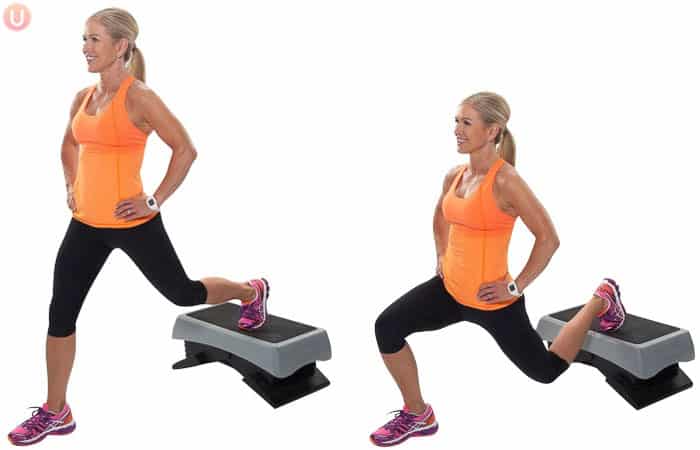
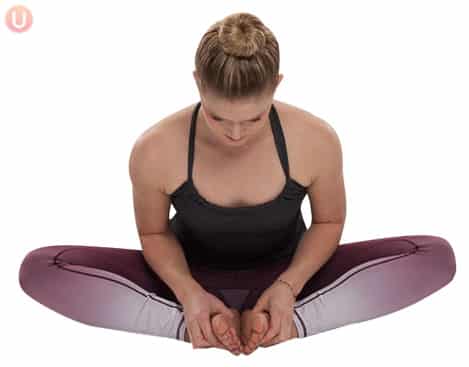
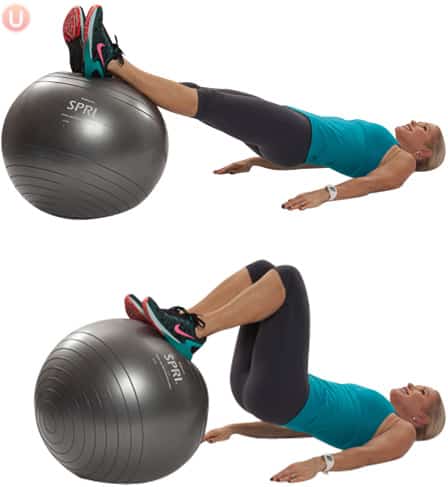
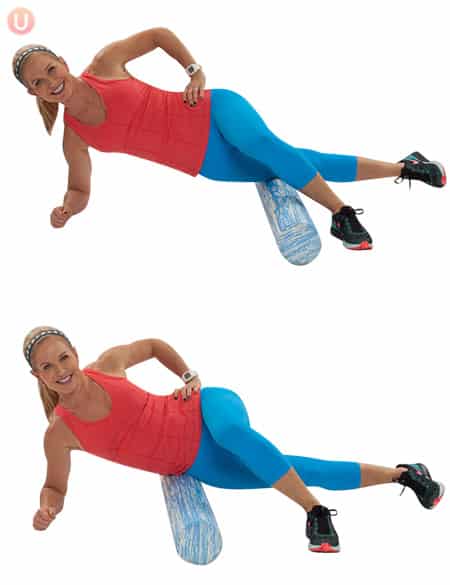
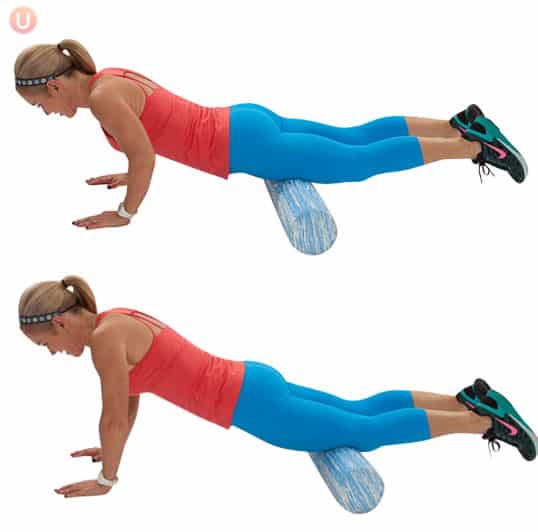
3 Comments
Aaron on May 6, 2018 at 11:11 AM
Amazing, healed my knee pain in just seconds! Defintely recommend it
Johnny on February 19, 2018 at 7:09 PM
Does anyone actually reply?
Chris Freytag on February 22, 2018 at 2:10 PM
Yes, we do! :)